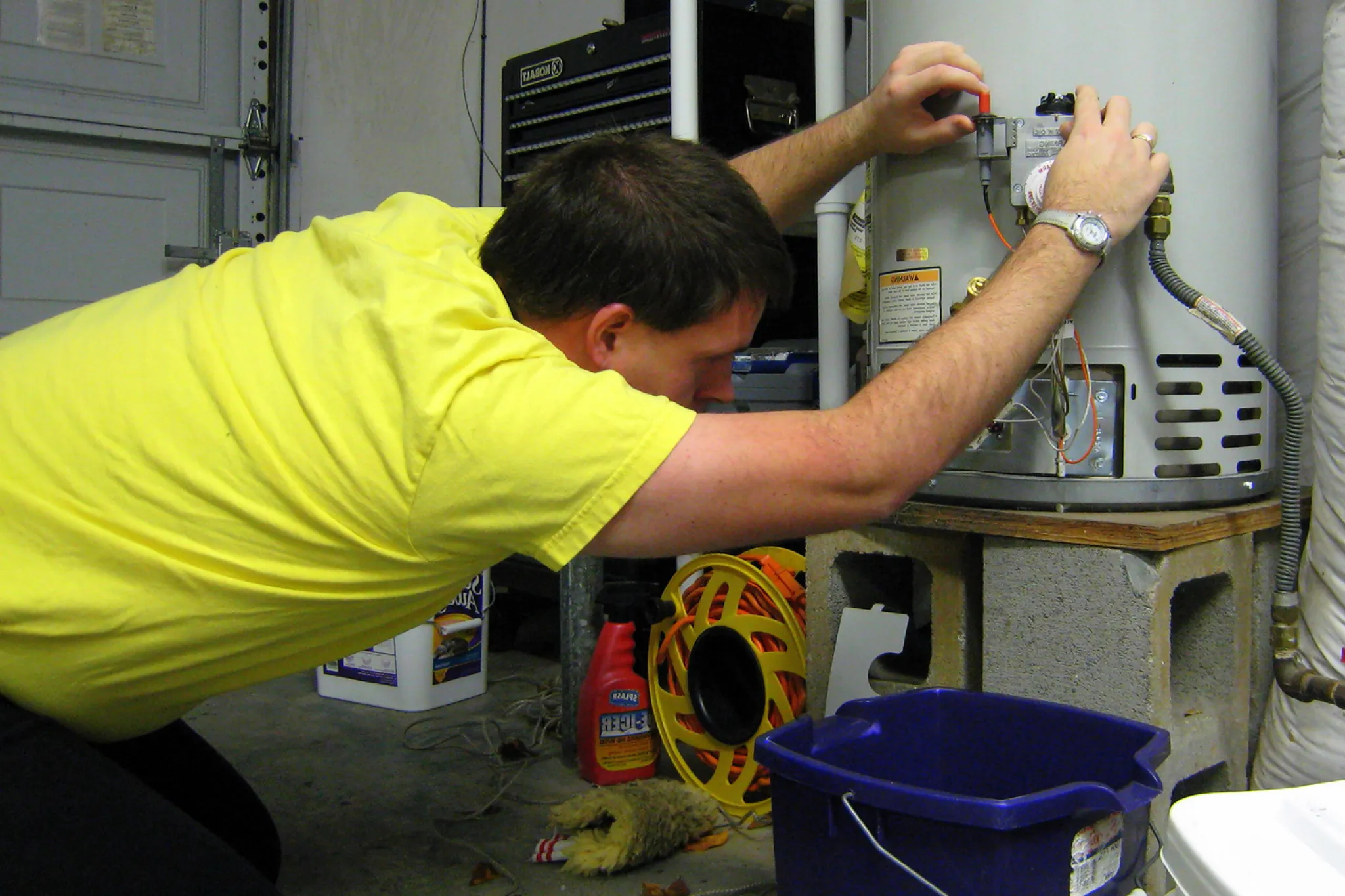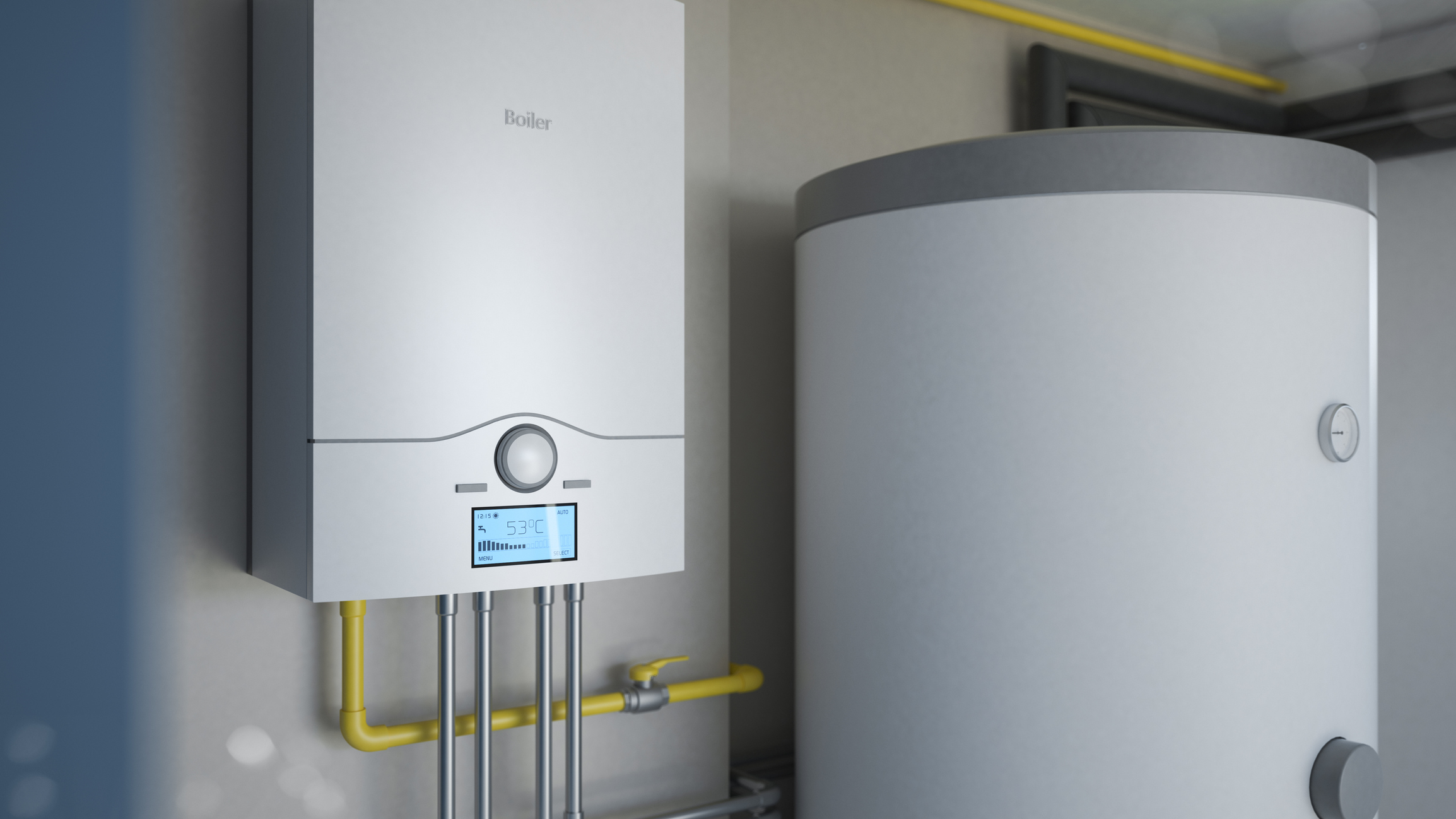They are making a number of good annotation on the subject of How to Maintain Your Water Heater & Prolong its Life as a whole in this post on the next paragraphs.

Warm water is vital for everyday convenience, whether it's for a revitalizing shower or washing dishes. To ensure your hot water system runs effectively and lasts much longer, normal upkeep is vital. This post gives sensible tips and insights on how to maintain your home's hot water system to prevent disturbances and pricey fixings.
Intro
Preserving your home's warm water system may appear complicated, however with a couple of basic actions, you can guarantee it operates smoothly for many years to find. This guide covers whatever from understanding your warm water system to do it yourself upkeep pointers and recognizing when to call specialist aid.
Importance of Maintaining Your Hot Water System
Normal upkeep not just prolongs the life expectancy of your hot water system but also guarantees it runs effectively. Ignoring maintenance can result in decreased efficiency, greater power expenses, and even premature failing of the system.
Indicators Your Hot Water System Needs Upkeep
Understanding when your hot water system requires attention can prevent significant concerns. Watch out for signs such as inconsistent water temperature level, odd noises from the heating system, or rustic water.
Understanding Your Hot Water System
Prior to diving into maintenance jobs, it's practical to comprehend the basic parts of your warm water system. Generally, this consists of the water heater itself, pipes, anode poles, and temperature controls.
Monthly Upkeep Tasks
Routine monthly checks can aid catch small problems before they rise.
Flushing the Water Heater
Purging your water heater gets rid of sediment buildup, boosting effectiveness and lengthening its life.
Monitoring and Replacing Anode Rods
Anode poles stop rust inside the tank. Inspecting and changing them when worn is important.
Inspecting and Readjusting Temperature Level Settings
Adjusting the temperature level settings ensures ideal performance and safety.
Do It Yourself Tips for Maintenance
You can perform numerous maintenance tasks on your own to keep your warm water system in leading condition.
Looking for Leaks
Regularly check pipes and links for leakages, as these can result in water damages and higher expenses.
Testing Pressure Alleviation Valves
Testing the pressure safety valve ensures it works correctly and stops too much pressure accumulation.
Insulating Pipes
Shielding hot water pipes lowers heat loss and can save power.
When to Call a Professional
While DIY maintenance is valuable, some problems need professional experience.
Complicated Concerns Needing Specialist Assistance
Instances include significant leakages, electrical troubles, or if your water heater is continually underperforming.
Routine Expert Maintenance Advantages
Specialist maintenance can consist of thorough assessments, tune-ups, and making sure conformity with safety requirements.
Final thought
Normal maintenance of your home's hot water system is crucial for efficiency, durability, and price savings. By complying with these ideas and recognizing when to look for expert aid, you can ensure a reputable supply of warm water without unanticipated disruptions.
How to Maintain an Instant Hot Water Heater
Before tinkering with your hot water heater, make sure that it’s not powered on. You also have to turn off the main circuit breaker and shut off the main gas line to prevent accidents. Also turn off the water valves connected to your unit to prevent water from flowing into and out of the appliance. 2. When you’re done, you have to detach the purge valves’ caps. These look like the letter “T†and are situated on either side of the water valves. Doing so will release any pressure that has accumulated inside the valves while at the same time avoid hot water from shooting out and burning your skin. 3. When the purge valves’ caps are removed, you have to connect your hosing lines to the valves. Your unit should have come with three hoses but if it didn’t, you can purchase these things from any hardware or home repair shops. You can also get them from retail stores that sell water heating systems. Read the user’s manual and follow it to complete this task properly. When the hosing lines are connected, open the purge port’s valves. 4. You should never use harsh chemical cleaners or solutions when cleaning your unit. Make use of white vinegar instead. It should be undiluted and you’ll probably use about 2 gallons. 5. Now flush your water heater. This task should probably take about 40 minutes. We can’t give you specific directions for this because the procedure is carried out depending on the type, model and brand of your heater. With that being said, refer to the user’s manual. 6. When you’re done draining the unit, you have to turn off the purge port valves again. Remove the hosing lines that you earlier installed on each of the water valves. Put the valve caps (purge port) back in their respective places and be very careful so as not to damage the rubber discs that are found inside these caps. 7. Now that everything’s back in place, check your user’s manual again to find out how to reactivate your water heating system. 8. Once it is working, turn one of your hot water faucets on just to let air pass through the heater’s water supply pipes. Leave the tap on until water flows smoothly out of it. https://www.orrplumbing.com/blog/2014/september/how-to-maintain-an-instant-hot-water-heater/

I'm very fascinated by Tips on Maintaining a Water Heater and I'm hoping you appreciated our blog post. Sharing is good. Who knows, you may just be helping someone out. We cherish your readership.
Get An Estimate